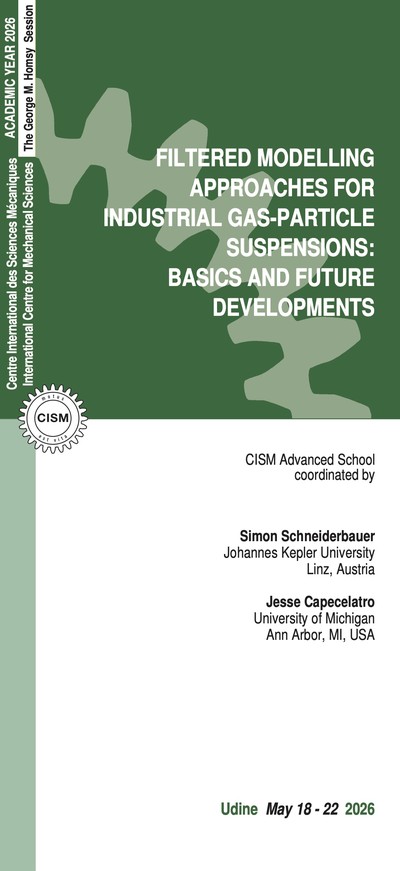D. de Klerk, D. J. Rixen, and S. N. Voormeeren, "General framework for dynamic substructuring: History, review, and classification of techniques," AIAA Journal, vol. 46, pp. 1169-1181, 2008, http://dx.doi.org/10.2514/1.33274.
M. V. Van Der Seijs, D. De Klerk, and D. J. Rixen, "General framework for transfer path analysis: History, theory and classification of techniques," Mechanical Systems and Signal Processing, vol. 68-69, pp. 217-244, 2016, http://dx.doi.org/10.1016/j.ymssp.2015.08.004.
M. S. Allen, R. L. Mayes, and E. J. Bergman, "Experimental Modal Substructuring to Couple and Uncouple Substructures with Flexible Fixtures and Multi-point Connections," Journal of Sound and Vibration, vol. 329, pp. 4891–4906, 2010, http://dx.doi.org/10.1016/j.jsv.2010.06.007.
D. Krattiger, L. Wu, M. Zacharczuk, M. Buck, R. J. Kuether, M. S. Allen, P. Tiso, and M. R. W. Brake, "Interface Reduction for Hurty/Craig-Bampton Substructured Models: Review and Improvement," Mechanical Systems and Signal Processing, vol. Submitted April., 2017.
R. J. Kuether, M. S. Allen, and J. J. Hollkamp, "Modal Substructuring for Geometrically Nonlinear Finite Element Models," AIAA Journal, vol. 54, pp. 691-702, 2016, http://dx.doi.org/10.2514/1.J054036.
F. Gruber and D.J. Rixen. "Evaluation of substructure reduction techniques with fixed and free interfaces." Strojniški vestnik-Journal of Mechanical Engineering, vol. 62.7-8, pp. 452-462, 2016, http://dx.doi.org/10.5545/sv-jme.2016.3735.
Sjövall, Per, and Thomas Abrahamsson. "Substructure system identification from coupled system test data." Mechanical Systems and Signal Processing 22.1 (2008): 15-33.
L. Wu, P. Tiso, Nonlinear Model Order Reduction for Flexible Multibody Dynamics: a Modal Derivatives Approach, Multibody System Dynamics, Vol. 36 (4), 405-425, 2016.
4 lectures on: State space substructuring, Finite Element Model Updating, industrial applications.
6 lectures on: Experimental-analytical substructuring and the transmission simulator method, nonlinear normal modes, reduced order modeling and substructuring for nonlinear systems.
6 lectures on: Transmission simulator method, experimentally derived models and modal test for substructuring.
8 lectures on: General framework for substructuring, numerical substructuring techniques & experimental substructuring such as frequency based substructuring techniques.
6 lectures on: Analytical substructuring methods, interface reduction, model reduction methods for geometrically nonlinear finite element models.
6 lectures on: Transfer path analysis, force reconstruction and industrial applications.
* Italian VAT is 22%.





